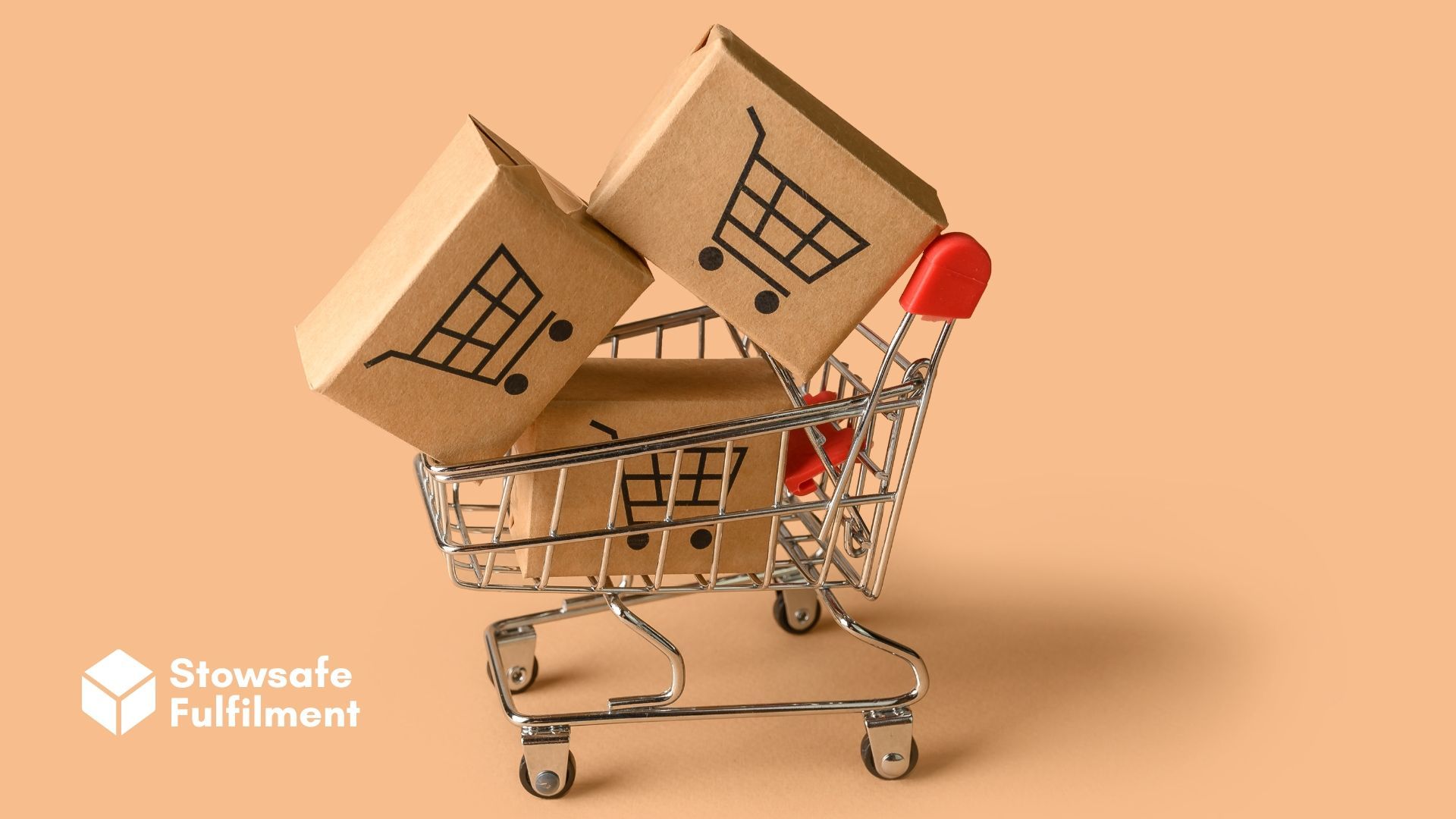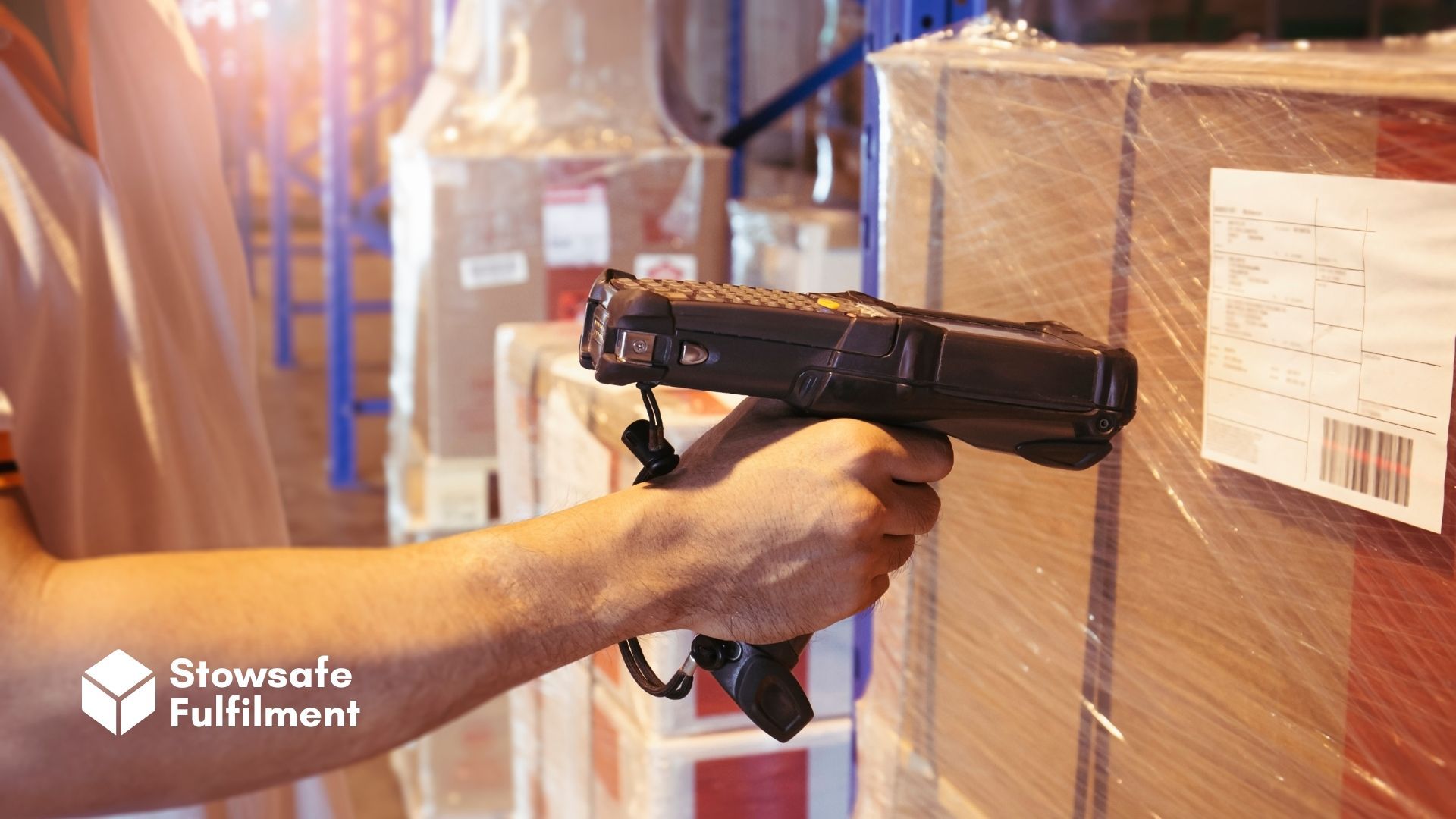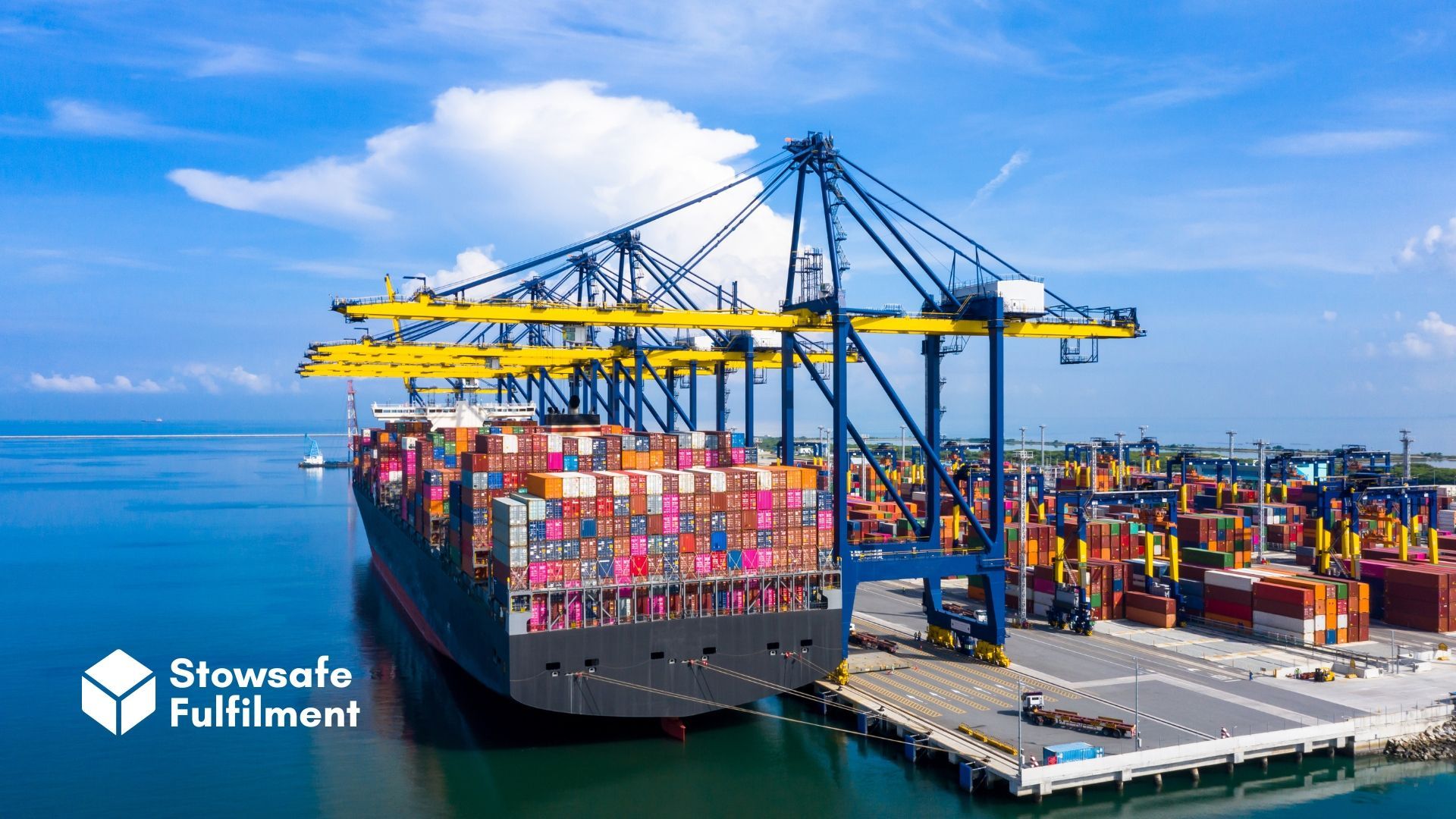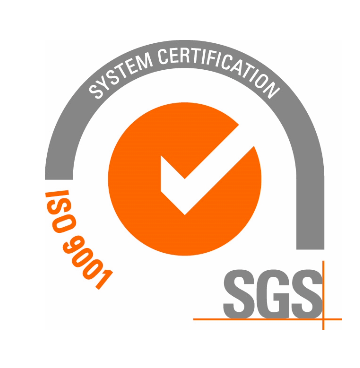How can a warehouse management system help your eCommerce brand grow? Find out in our article.
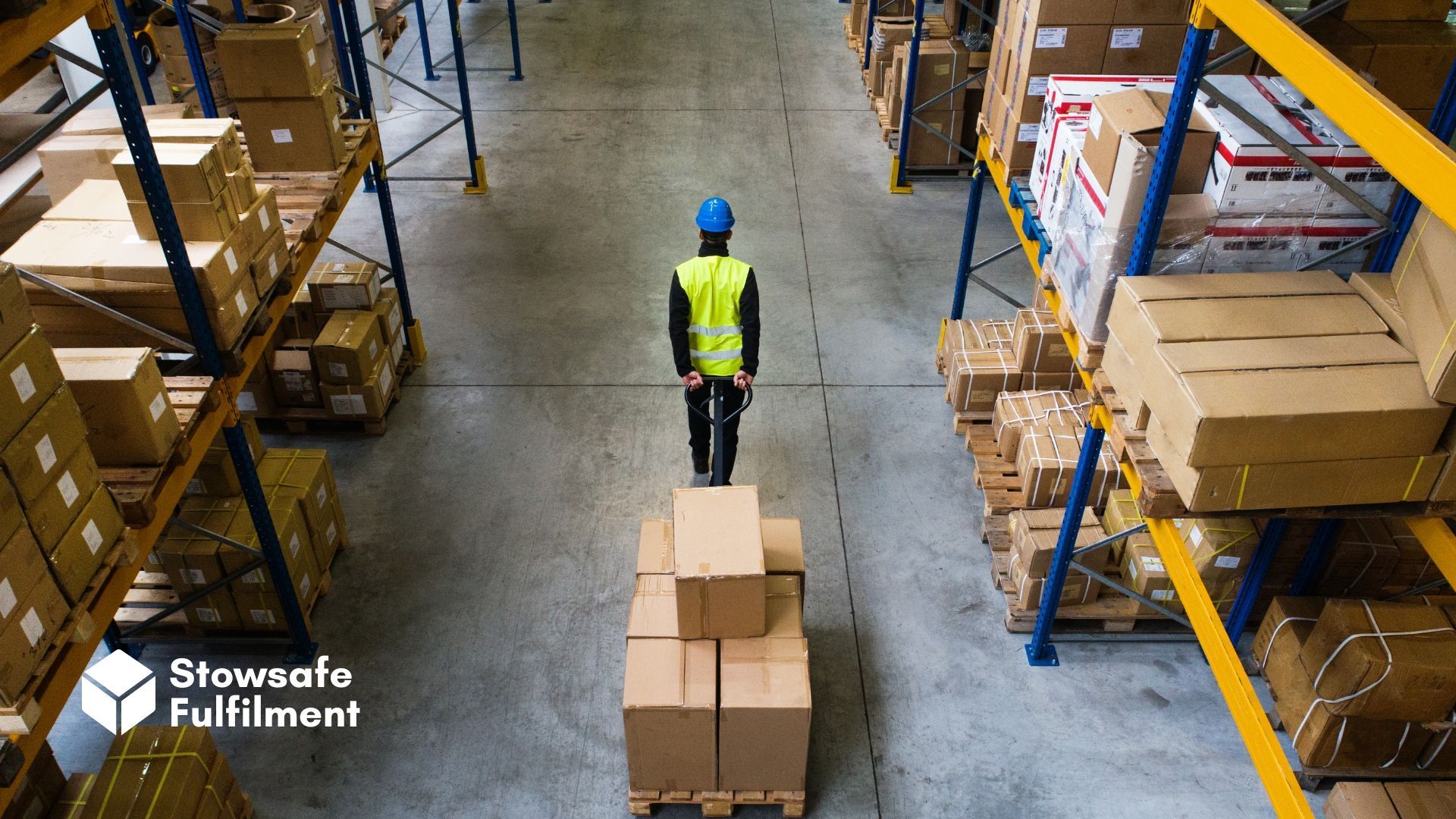
Like charity, many eCommerce brands begin at home. But as they grow, so too do their inventories – and before long, they need a dedicated warehouse space to keep it all in.
Some brands choose to buy or rent a warehouse and manage it themselves. Others outsource the process to a third-party logistics firm (3PL).
Whichever path is taken, brands need to have a system in place to manage their inventory and customer service. This is where a warehouse management system (WMS) can make all the difference.
Here at Stowsafe Fulfilment, we take care of picking, packing and dispatching so you don't have to. We store your goods and ship them out. Every transaction and process is recorded on our WMS. It means you can manage your products with ease – but there are other benefits, too.
In this article, we take a look at the WMS: what it is, what it does and how it can help your business grow.
What is a WMS and how does it work?
A WMS is a piece of software that helps companies track and manage each stage of the fulfilment process. It's used to record every item that enters and exits the warehouse.
When an order is placed, an alert is sent to the picker. The same goes for loading, unloading and returns. You, the company owner, get alerts relating to sales and returns. This means you get total visibility into the fulfilment journey of your goods.

A crucial point here is that a WMS is updated in real time. You don't have to log everything at the end of the day. It gives you a true representation of the status of your goods around the clock.
All of this is available from a single interface. You no longer have to open up individual spreadsheets or documents. Everything in one place: it's a site manager's dream.
Five reasons to use a WMS
1. Greater efficiency
A WMS streamlines operations. This means a smoother fulfilment journey and an increased ability to handle high volumes. More capacity, fewer mistakes – what's not to like?
2. Less waste
Do you sell perishable stock? A WMS can let you know which items need to be sold and in which order. Primarily, this means less waste – but it also means you can use your warehouse space more effectively by figuring out optimal inventory placement and travel paths.
3. More visibility
A WMS updates your inventory in real time. Day-to-day, this eliminates guesswork by giving you full visibility of your stock levels.
Long-term, it allows you to make more accurate demand forecasts and improve traceability – something that's invaluable in the event of a product recall.
So, if you feel like you're losing track of your inventory, don't delay – get a WMS that lays it all out for you to see.
4. Better customer satisfaction
Customer satisfaction is partly about your brand identity – something that no robot could create. But it's also about making sure the fulfilment process goes off without a hitch – and for that, your best bet is to leave it to the machines.
A WMS means fewer mistakes and faster deliveries. In turn, this means improved customer satisfaction that could turn a one-time customer into a loyal follower.
5. More actionable data
We all know the importance of data in driving decisions about what to stock. But where do you get the data from?
One neat feature of a good WMS is its ability to provide invaluable info about your sales and returns. This means you can forecast demand and allocate resources more effectively. It means less guesswork and more precise marketing.
Data you can act on at the click of a button – surely that's reason enough to start using a WMS?
Why should you outsource your WMS?
Running a small- or medium-sized eCommerce brand is an exercise in plate-spinning. There's just so much to do: branding, product development, web design, market research, lead generation… It can be difficult to prioritise – and even more difficult to take a break.
This is where outsourcing comes in. "I started a business because I love spreadsheets," said pretty much no one ever. If you can get someone else to do these routine tasks for you, it means you have more time to focus on the overall vision.

Working with a 3PL strikes several items off your to-do list. You don't have to manage a warehouse, with all the logistical challenges that presents. You don't have to update your inventory. And you don't have to go truffling for useful data. All these tasks are done for you by people in the know with cutting-edge technology.
So, if you feel like you could use a break or that you've got no time for big-picture thinking, look into outsourcing your WMS.
How we can help
At Stowsafe Fulfilment, we've got a highly secure, 24,500-square-foot fulfilment warehouse that caters to a wide variety of sectors.
A key ingredient in our recipe for success is our WMS. It's rich in features that free you from the tedium of manual logging and data analysis. We simply integrate your eCommerce platform with our software and everything runs smoothly from there on out.
The second an order comes through, we get a notification and our pickers get to work. The second it's dispatched, the system lets you and the customer know.
With our WMS, you can count on round-the-clock visibility. Your stock levels and order statuses are all there, plain as day – and the system analyses them to provide actionable data insights that can drive better decision-making.
So if you're looking for a
fulfilment centre with state-of-the-art software, don't hesitate to
get in touch.
All Rights Reserved | Stowsafe Fulfilment




